"Children's cartridge" for "children's pistols"
from under the coat a black Mauser, and another, next to it,
- master keys ... in the hand blazed with fire,
and together with a shot from a Mauser, the cat plopped
upside down from the mantelpiece to the floor,
dropping the browning and throwing the primus...
those who came fired accurately and furiously
in response to him from the Mausers to the head, to the stomach,
in the chest and in the back ... It was possible, of course,
admit that browning cat
some toy, but about Mausers
there was no way to tell those who came.”
M. Bulgakov "The Master and Margarita"
stories about weapons. After stories about handguns from Italy, it is quite logical to tell about another country ... a supplier of excellent olive oil - Spain. But we’re not talking about oil, of course, there was already an article about it on VO, by the way, but about a little-known Spanish pistol of the late XNUMXth - early XNUMXth century, outwardly quite similar to a German Mauser.
This original weapon was created by two Spanish gunsmiths Ignacio Charola Achucarro and Miguel Anitua Echeveria and, despite the fact that their creation did not find much success, they nevertheless entered the history of firearms. And today we will tell you about them and their creation.
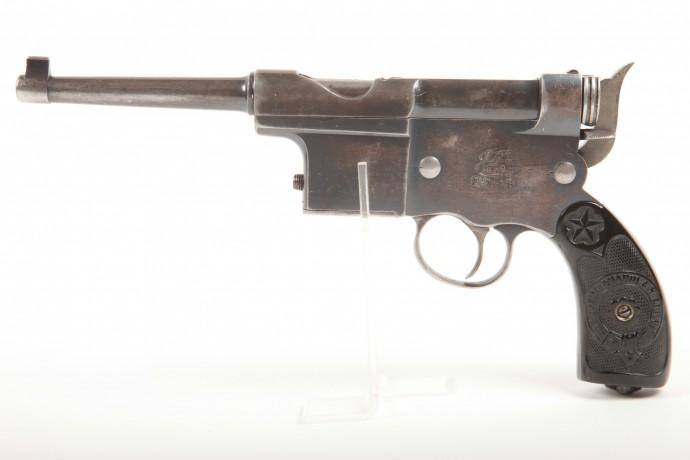
Let's start with the fact that very often in the past it happened like this: a person said: “I want a gun! And to my own, and not like others! I want to make and sell it! I want fame and money!” And - although today it looks very difficult, for that time it was not so difficult. There were very few successful designs of pistols at the turn of the century, so there was a lot of scope for engineering fantasies. None of the military also really knew what kind of pistol they needed, but ... everyone wanted to have a pistol. Since the revolver seemed to belong to a bygone era and looked already quite an anachronism.
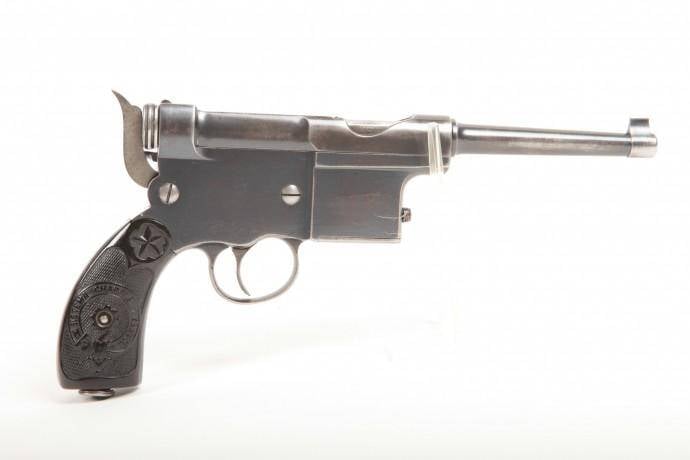
Well, where did the inventors of pistols start then? As a rule, from the development of their own cartridge, and already under it they created their own pistol. That is, everything was then own: both the cartridge and the pistol for it, and if there was some kind of patent on the way, it cost nothing to bypass it, since there were few such patents in general. It's not what it is now...
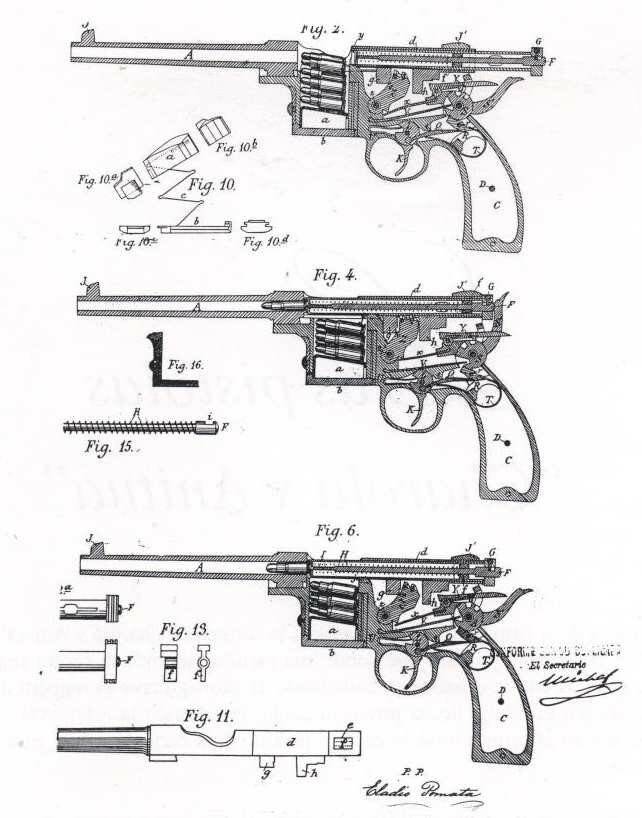
And it so happened that these same gentlemen Ignacio Charola Achucarro and Miguel Anitua Echeveria, who jointly owned a small arms company "Charola and Anitua" in the city of Eibar, founded in 1898, just decided to start working on their own pistol under their own cartridge. And on October 13, 1898, their company had already received a patent for a period of 20 years for a self-loading pistol called "Charola and Anitua", which, both in appearance and in its device, resembled the "Mauser" C96.
Seven months later, the company also registered a trademark "to distinguish weapons and ammunition" in the form of a winged bullet with the initials Ch. and A. Moreover, especially for him, they also created a small-caliber 5x18 mm cartridge with a shell bullet, a bottle-shaped sleeve and, like many cartridges of that time, with a protruding rim. The bullet had a caliber of only 5 mm, but due to the large volume of the sleeve, a quite decent charge of gunpowder entered it, so that its initial velocity was 310 m / s. Her weight, however, let us down and was only 2 grams. So her lethal force, despite the high speed, was small.
The Charola and Anitua company produced a total of about 3 000 mm pistols, and they did not make some of them themselves, but ordered manufacturers in Belgium. Cartridges for it were also produced by the Belgian company Cartoucheries Russo-Belges in Liege and the Austrian Keller & Co (Hirtenberger Patronenfabrik) from Hirtenberg. Then the French company SFM began to produce the same ammunition, and in 5 the Liege gunsmith Charles F. Clement used it for his blowback pistol.
It was the second "machine gun" of domestic design, patented in Spain, which was preceded by a pistol designed by artillery officer Enrique Losada. However, only a few experimental prototypes of this pistol were made. It was not serially produced.
The most interesting thing is that, despite such a low-powered cartridge, the pistol did not use a free shutter, but a system with a short stroke of the barrel linked to the shutter, very similar to that used on the German Mauser.
Also an interesting novelty or, better to say, an original design solution was the assembly of the firing mechanism on the same base with the handle, and therefore it could be pulled out of the frame entirely. However, the designers did not manage to achieve a special manufacturability of production, and their pistol turned out to be quite expensive.
But its main drawback was not even its small caliber, but the fact that its magazine could hold only six low-power cartridges. In addition, the store was not removable, but fixed and loaded from a clip, like the Mauser. But if he was a powerful and lethal pistol, then such a small-caliber "Spaniard" in terms of power did not even stand next to him, and he was quite a decent size. There were several samples of this pistol, which differed in different barrel lengths from 85 to 105 mm. But this did not affect their effectiveness in any way.
Ignacio Charola (namely, he is credited with the creation of this pistol) decided to increase its characteristics by using a larger caliber cartridge and created a seven-millimeter cartridge based on his own five-millimeter cartridge, retaining the proportions and shape of the sleeve, but slightly increasing its size in order to make the gunpowder load larger . The bullet also became twice as heavy, but it began to accelerate to only 220 m / s (moreover, its muzzle energy did not change as a whole, and it remained the same as it was 96 J). True, a larger caliber made it possible to use a fairly effective semi-shell bullet in the cartridge.
A new pistol appeared in 1900. But even with an increased caliber, the military did not accept it.
It is also known that on pistols chambered for a 7-mm cartridge, not only a built-in, but also a replaceable magazine was already used, but, again, only for 6 rounds. About 2 of these pistols were made. In total, in Eibar from 000 to 1897, a total of 1905 pistols of 8 and 400 mm caliber were produced. Then in 5, Charola died, there was no one to design weapons at the enterprise, and his partner Miguel Anitua, together with Charola's sons, repurposed the company to trade in industrial equipment.
However, if the history of the Spanish pistol ends here, then the history of the 5-mm cartridge continued in the future. Because on its basis the original pistol was created in Belgium.
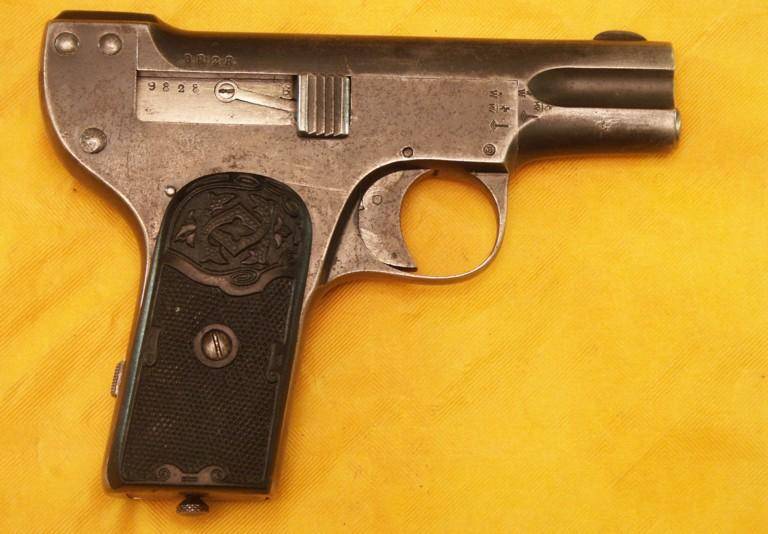
In 1903, Charles Philibert Clement, a Belgian gunsmith from Liège, received a patent for a pocket automatic pistol using a blowback recoil with a fixed barrel, which was called "Clement" Mle.1903 ("Clement" model 1903), designed for the use of this cartridge .
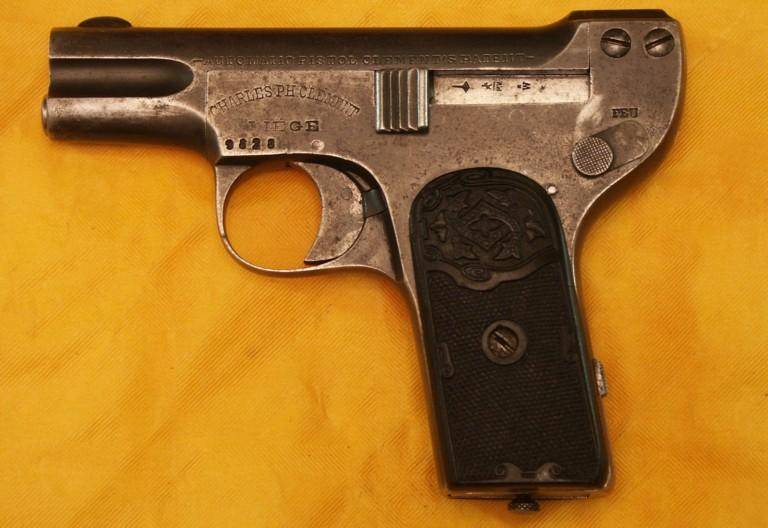
It successfully outlived the design of the Charola and Anitua firm, and thanks to the successful sales of the Belgian pistol, this Spanish 5mm cartridge also became known as the 5mm Clément. Ammunition was sold in boxes of 30 rounds in five detachable clips of six rounds.
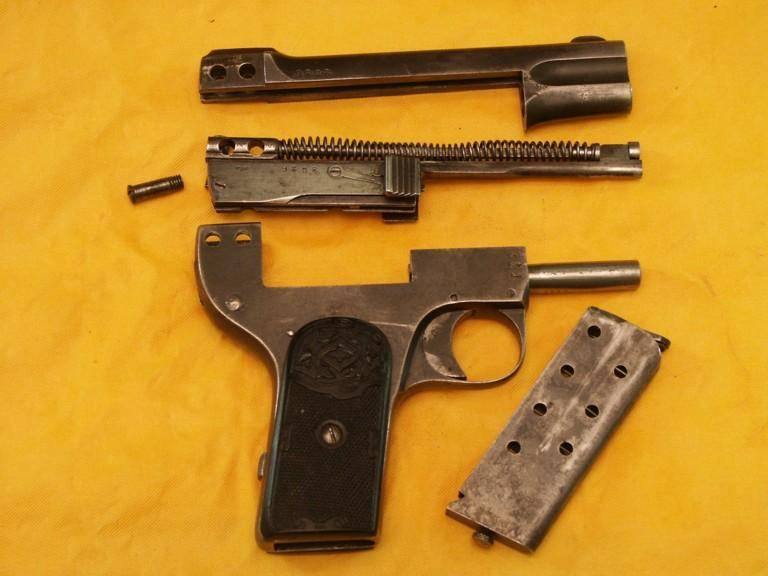
Everything is simple, technological, inexpensive and tasteful!
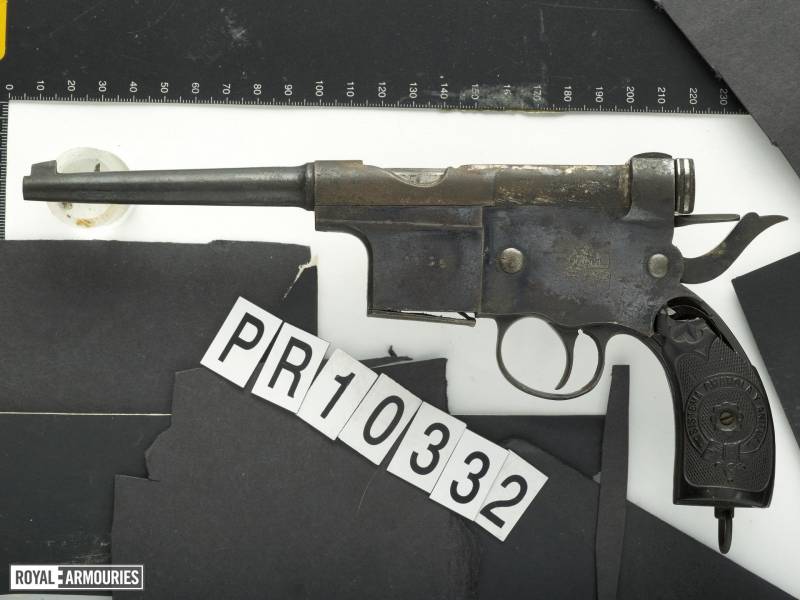
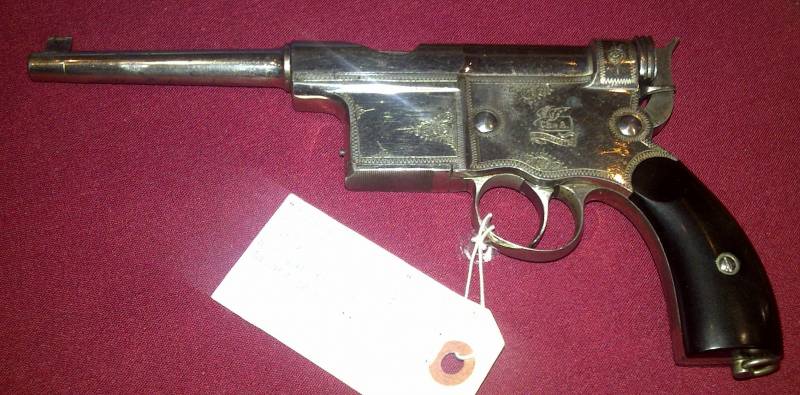
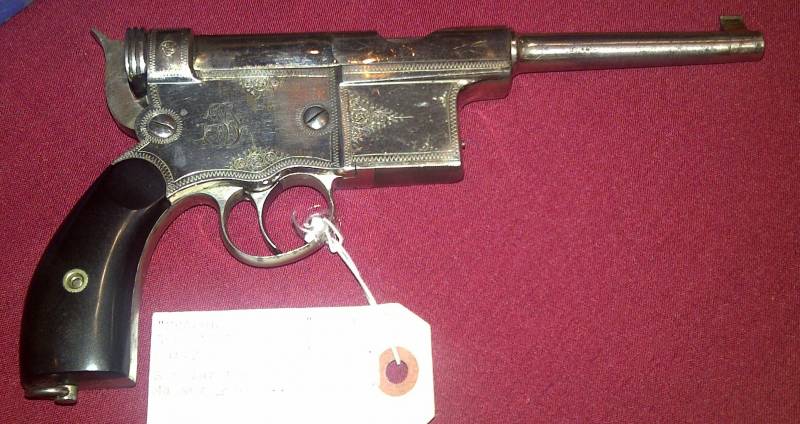
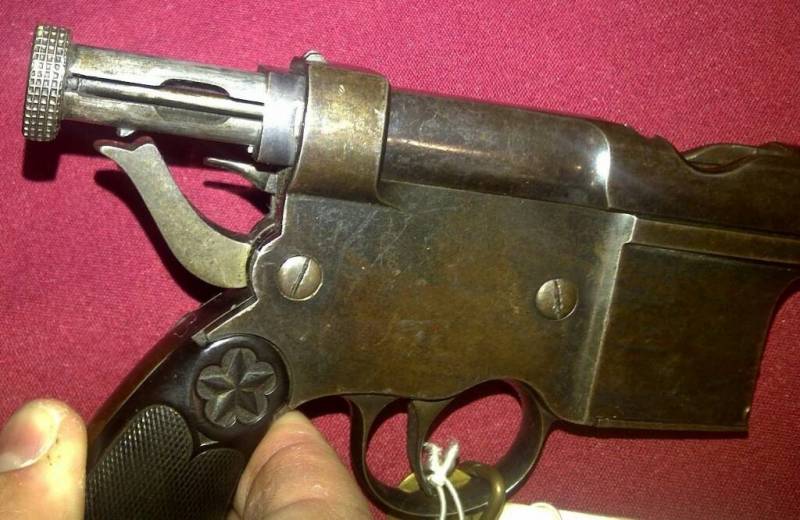
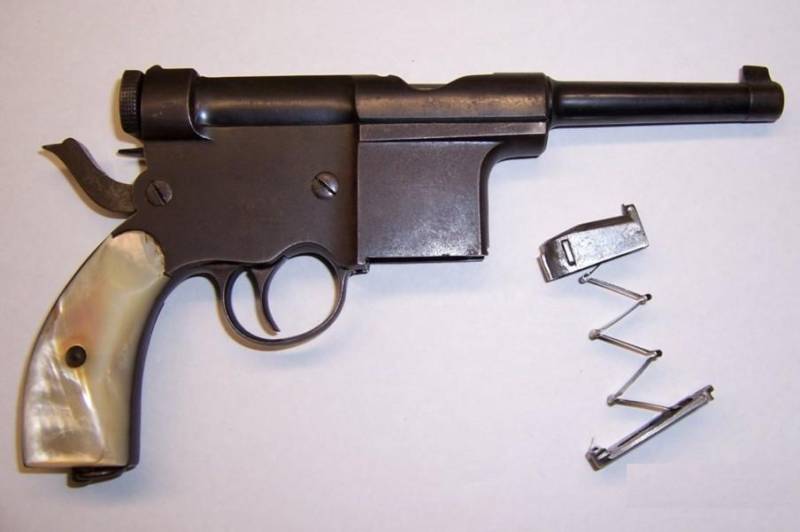
Information